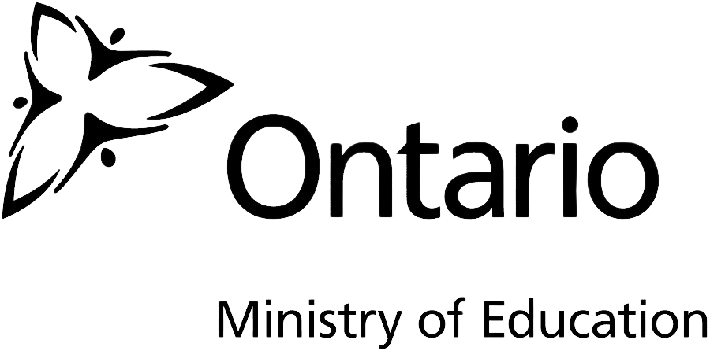
Martin Doherty is the CEO of Ethos Education & Canadian Global Academy : the exclusive authorized provider of the renowned 3rd globally ranked Ontario Ministry of Education‘s curriculum and Digital Learning Platform outside of Canada. He is also the founder the cutting edge magazine, Education Distruptor.
Through our School Partnership Program, we empower schools worldwide to attain Canadian Accreditation, providing the opportunity to establish themselves as Canadian Accredited schools. Additionally, home-based businesses can run their own Canadian Accredited Micro-School. Contact us today to learn more!
Related Posts
- How Much Equity Attracts Top Leadership Talent?
Unlock the power of school funding & investment to secure visionary leadership and drive academic…
- Global Citizens in Action: 4 Creative Projects Fostering Intercultural Understanding
Unleash the power of educational expertise through projects that build intercultural savvy. Forge a new…




